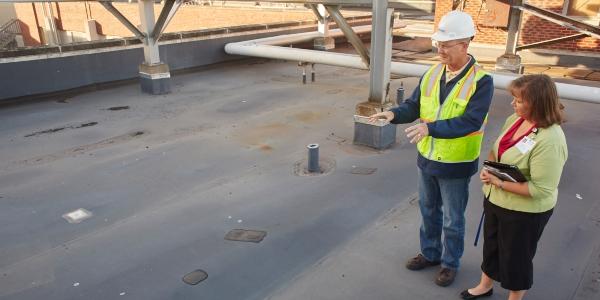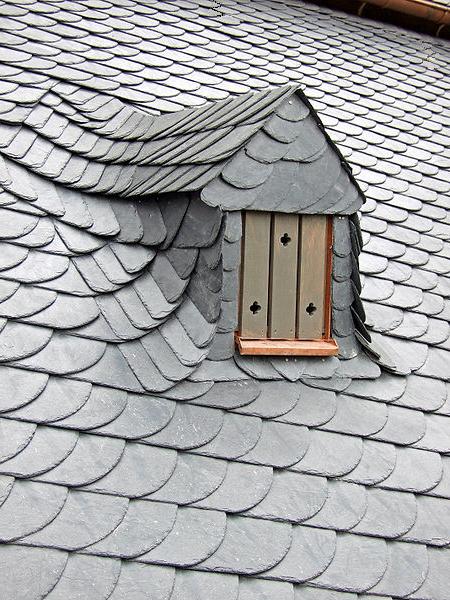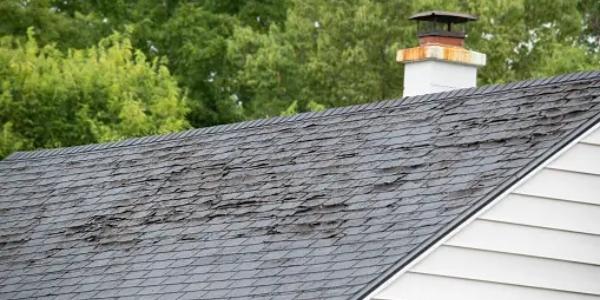Is Your Home Energy Efficient?

By DaVinci Roofscapes.
Recommendations for choosing the most energy-efficient products for your home.
Homeowners are encouraged to find the best roof and foundation to keep their homes as energy efficient as conceivable. The roof and foundation are necessary to keep the inside levels of the house snug and fit together, and can be a huge factor to achieving energy efficiency. Read on for advice for selecting products that will reduce the amount of energy required for your home.
"When thinking of a house, healthy living begins with reliable building materials that offer energy savings and protection from the weather," says Jim Costello, president of Superior Walls®. "Starting at the bottom of the house, there's no better way to begin than with a precast concrete foundation.
“Choosing an energy-efficient Xi™ or Xi Plus™ foundation can help ward off heat loss and make the basement a more comfortable area for extended living and storage space. Reinforced with steel and containing 2-1/2" of insulation in each Xi wall panel, this foundation provides a dry and exceptionally energy-efficient start for a house. And, the Xi Plus wall panels can even help in the construction of an ENERGY STAR® qualified home."
On top of the house, the roof receives direct exposure on a daily basis to the sun and elements. And all those searing sun rays can cause the home interior to heat up if the right roofing tiles are not selected. Fortunately, the Cool Roof Rating Council (CRRC), an independent testing organization, has developed accurate and credible methods for evaluating and labeling the solar reflectance and thermal emittance of roofing products.
Choosing a composite tile roof, such as a DaVinci Cool Roof with slate or shake options, can help reflect sunlight and heat away from the home. Approved by the CRRC, a variety of color blends are available that all meet California's 2016 Building Energy Standards (Title 24, Part 6) requiring the use of energy-efficient roofing materials.
Cool Roof tiles reflect heat and emit the sun's energy back into the atmosphere instead of into a structure. The composite shake and slate tiles help reduce the cooling load, and, as a result, increase the energy efficiency of a building. An additional bonus is that a cooler roof contributes to a lower heat island effect in heavily populated areas. This in turn helps reduce a home's carbon footprint.
When it's time to select elements to create the inside of your home, which is generally designated as the building envelope for a house, look for products that work overtime to help the home save energy. These can include foam-backed siding, extra insulation and structural insulated panels. As for the openings in the house, fiberglass entry doors and solidly-constructed vinyl windows offer some of the best resistance to weather, wind and air infiltration.
One of the largest openings in the building envelope— the garage door— should also be purchased with energy efficiency in mind. Heavy gauge galvanized steel doors, like those in the 2000 Series by Haas Door, are two-inches thick and filled with dense CFC free polyurethane foam insulation. Enhanced air infiltration seals in the section joints of the door restrict air movement to increase the energy efficiency of the garage door.
"There's a full thermal break in the tongue-and-groove construction of these energy efficient doors," says Jeffrey Nofziger, president of Haas Door. "This rigid vinyl extrusion seals the joints and eliminates metal-to-metal contact. This means that the transfer of temperature is limited, allowing the durable garage doors to feature a calculated R-value of 17.66.
"For a homeowner, an energy-efficient garage door equates to keeping the interior of the garage comfortable, even during the most frigid winter temperatures."
Have a question? AskARoofer.
Find your local roofing contractor in the RoofersCoffeeShop® Contractor Directory.
Original article source: DaVinci Roofscapes










Comments
Leave a Reply
Have an account? Login to leave a comment!
Sign In